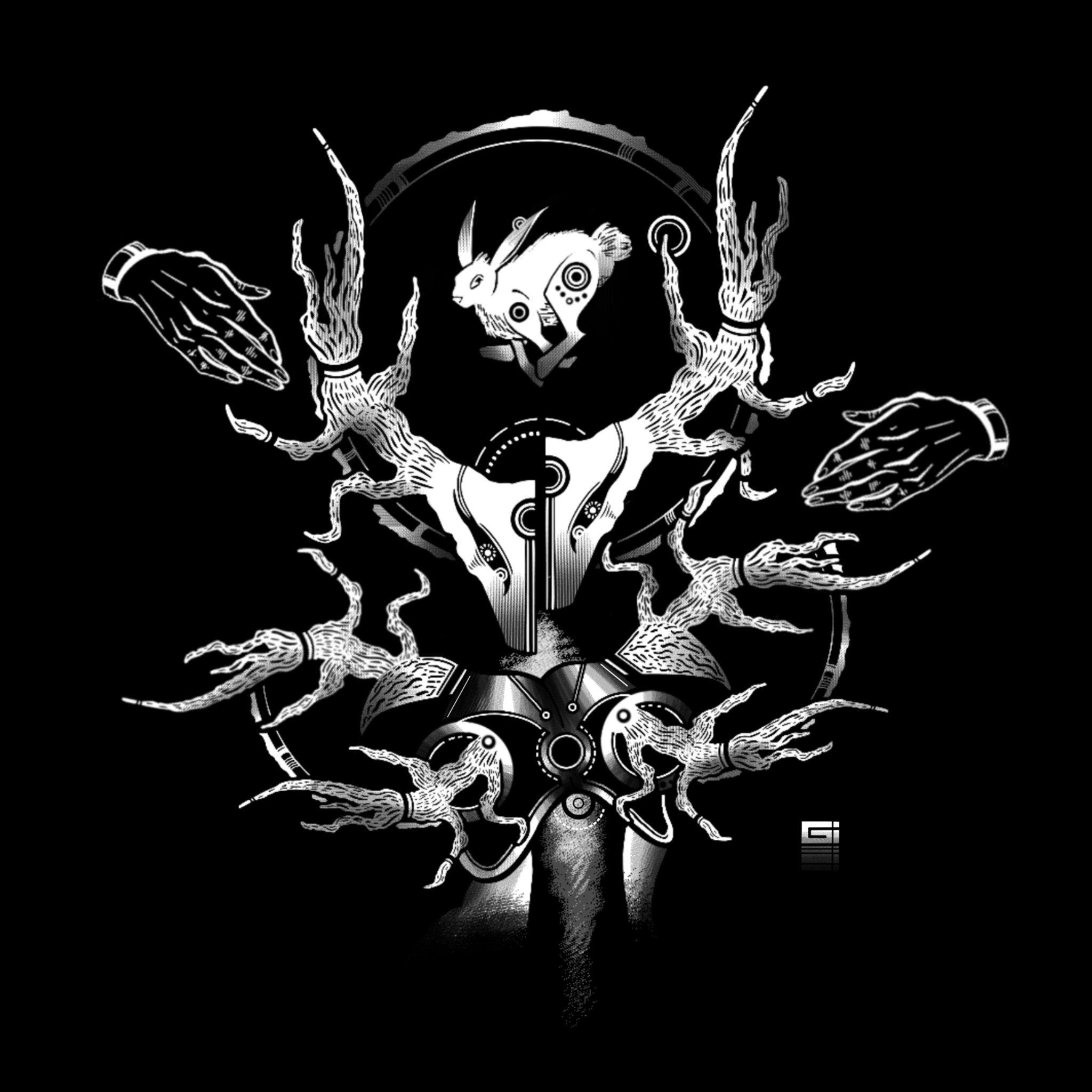2021 Honorable Mention – Genesis Gonzales

The Stag Hunt – The Assurance Game
Medium: Digital illustration photo
Once simply a story told by philosopher Jean-Jacques Rousseau, the Stag Hunt is a dilemma in scientific game theory which portrays the eternal conflict between the human urges of safety and social cooperation. In this simulation, there are two people who go out hunting, having tracked a stag through the forest for most of the day. After lying in wait for hours, a hare moves across their path. Each hunter has the ability to choose to leave their hiding place to kill the hare, or ignore it in favor of waiting for the stag, without knowing the choice the other has made. If one of the hunters chooses to kill the hare, he will eat, but will ruin the stag’s trap for his companion, leaving him to go hungry. However, even if both choose to continue to wait for the stag to appear, there is no certainty in its arrival. The assurance dilemma thus rests on two conflicts: if one hunter chooses to wait for the stag, he has no assurance that his companion will do the same, as well as the risk that the stag may never appear at all. The dilemma lies in the battle between the need to take care of one’s own needs first, and the desire to cooperate with others so all needs are met.
To illustrate the scientific idea presented by the Stag Hunt, I chose to turn game theory into a literal rendition of its name: a video game. Two players, represented by the two illustrated hands, must choose between capturing the hare, or battling the larger stag beast together. One player is more than capable of capturing the hare, but there is not enough reward for them both. The stag, however, holds enough to satisfy both, but cannot be defeated alone. This boss battle of sorts leaves the players with a major choice, the assurance dilemma. To reach the hare, the player breaks the circular boundary shown encasing it, alerting the stag to their activities and leaves the other player to deal with it on his own. The fear that the stag will not appear shifts in this scenario to be the fear that even if both players choose to fight, they may not win. The dilemma remains the same as it does in the original scientific game theory: to survive on your own, or to risk losing the battle together. I chose this style of digital illustration to truly bring the “game” idea of game theory to life, using pixelated graphics as well as the stark color contrast to emulate the aesthetic of Boss Battles in older computer games.
